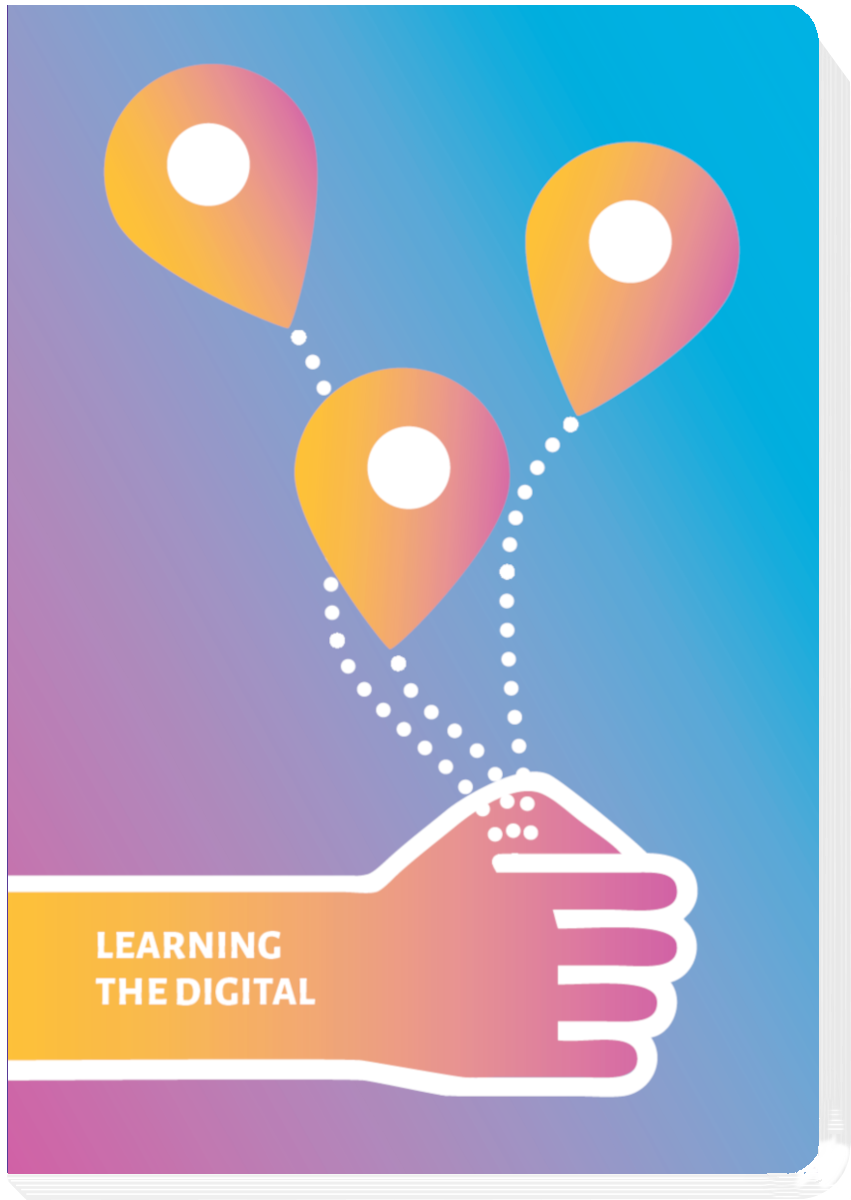Digital divides exist in all societies: for example, the gender imbalance in regard to access to technology. The Internet Affordability Report (Alliance for Affordable Internet, 2020) and Internet accessibility reports (International Telecommunication Union, 2021, OECD, 2021) highlight such imbalances and inequalities on a global scale. The digital divide can be understood as an intersectional inequality, often the result of multiple inequalities and discriminations. For example, women have significantly less access to the newest technology and therefore have less opportunities to work on the required competences. This leads, for example, to less access to new technology in the workplace, hurdles in STEM education, and bias in recruiting processes. Considering the global inequality between the global North and the global South exclusion is also worth highlighting.
Contents
Goals
- Sensitize to existing divides in the learners’ contexts
- Assess elements of different divides
- Explore strategies for overcoming them
Steps
1. Introduction
Collect (flipchart, digital board or Etherpad): Which digital divides do you know of?
Dimensions of the digital divide
Centre – Periphery
Poor – Rich
Educated – Less-educated
Area with capable Internet – Area with inefficient Internet
Male – Female
Young – Old
Minority – Majority
Easy use – Hurdles to usability (e.g. people with disabilities)
- Further reading about Digital Divide
2. Present some examples and ask the group to add.
Accessibility, availability of broadband Internet or hardware; education and competences; restrictions of hardware and services; discrimination (i.e., gender, age, social and cultural belonging, physical characteristics); being located geographically distant from popular centers; censorship, etc.
3. Discuss in smaller groups which of these aspects are especially relevant for the learners, with a focus on the most relevant ones.
- Which divides are most serious in your society?
- What is their impact on the society or on you?
- Where are there intersections?
Reflection
- How could we lower the divide(s)?
- What are reasons for some to leave it as it is?
- Which groups work on lowering them?
- What can I/we do?
Reference
- Alliance for Affordable Internet (2020). The Affordability Report 2020. Web Foundation. https://a4ai.org/research/affordability-report/affordability-report/
- International Telecommunication Union (2021). Connectivity in the Least Developed Countries Status report 2021. Geneva. Michael Minges, ICT Data and Analytics Division of the ITU Telecommunication Development Bureau (BDT) and United Nations Office of the High Representative for the Least Developed Countries, Landlocked Developing Countries and Small Island Developing States (UN-OHRLL). https://www.itu.int/hub/publication/D-LDC-ICTLDC.2021-2021/
- OECD (2021), Internet access (indicator). https://doi.org/10.1787/69c2b997-en (Accessed on 13 December 2021)
Elisa Rapetti
Researcher in Sociology. PhD in Methodology of Social Research and Applied Sociology at University of Milano. Facilitator at Democracy and Human Right Education in Europe (DARE).
Nils-Eyk Zimmermann
Editor of Competendo. He writes and works on the topics: active citizenship, civil society, digital transformation, non-formal and lifelong learning, capacity building. Coordinator of European projects, in example DIGIT-AL Digital Transformation in Adult Learning for Active Citizenship, DARE network.
Blogs here: Blog: Civil Resilience.
Email: nils.zimmermann@dare-network.eu






